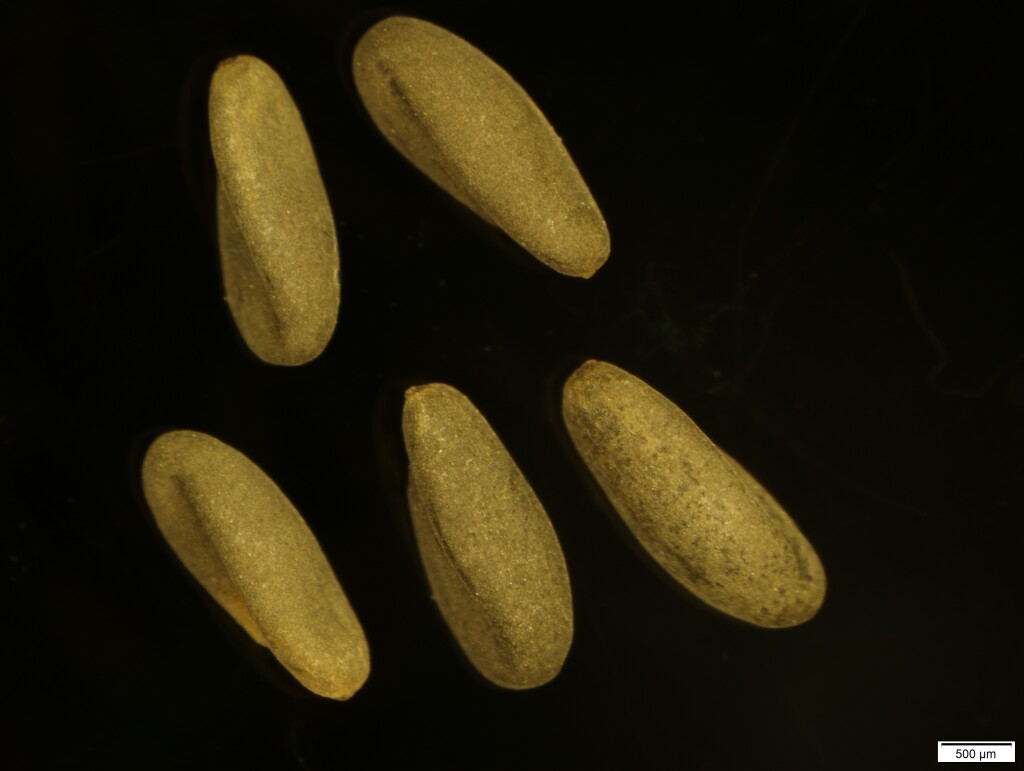Pelargonium
Annual or perennial herbs or low shrubs. Leaves opposite or alternate, usually simple, or dissected and almost compound, hairy with long non-glandular and shorter glandular hairs or virtually glabrous, often aromatic. Inflorescences terminal cymose umbels. Flowers zygomorphic; sepals fused towards the base and the posterior one prolonged downwards into a spur fused to the pedicel; petals often clawed, free, longer than sepals, white to deep pink or purple, upper pair of petals usually larger and often marked with darker spots and veins; stamens 10, often fused towards base, 3–8 fertile. Fruit a schizocarp separating into 5 single-seeded mericarps; mericarps without a pronounced tuft of hairs on funicle, separating from column, eventually releasing the seed; awn curved, more or less plumose on the inner surface.
About 250 species world-wide, widespread in temperate regions, principally in southern Africa; 15 species in Australia (7 native, 8 naturalised).
Smith, L.P.; Walsh, N.G. (1999). Pelargonium. In: Walsh, N.G.; Entwisle, T.J., Flora of Victoria Vol. 4, Cornaceae to Asteraceae, pp. 233–236. Inkata Press, Melbourne.
 Spinning
Spinning


